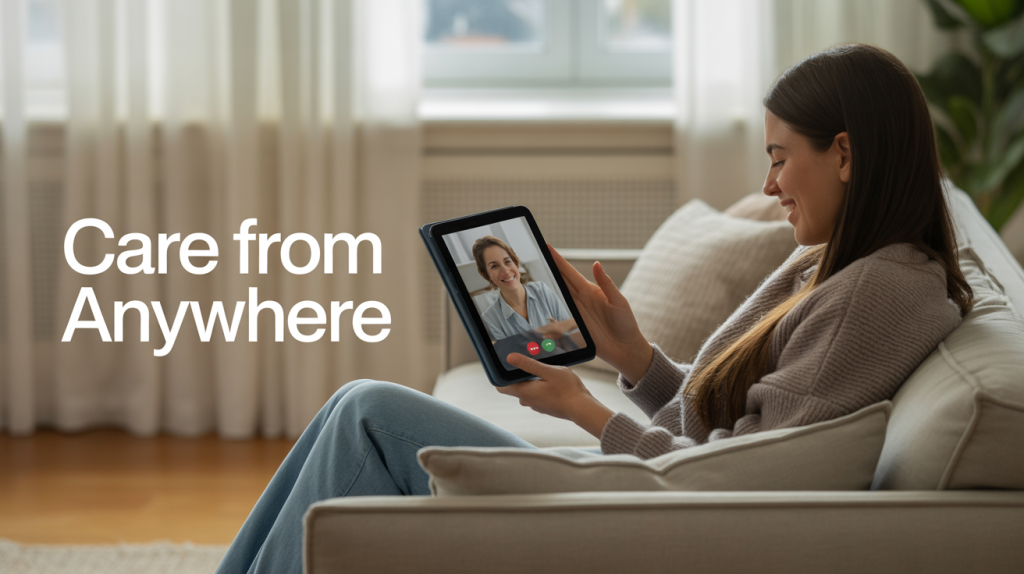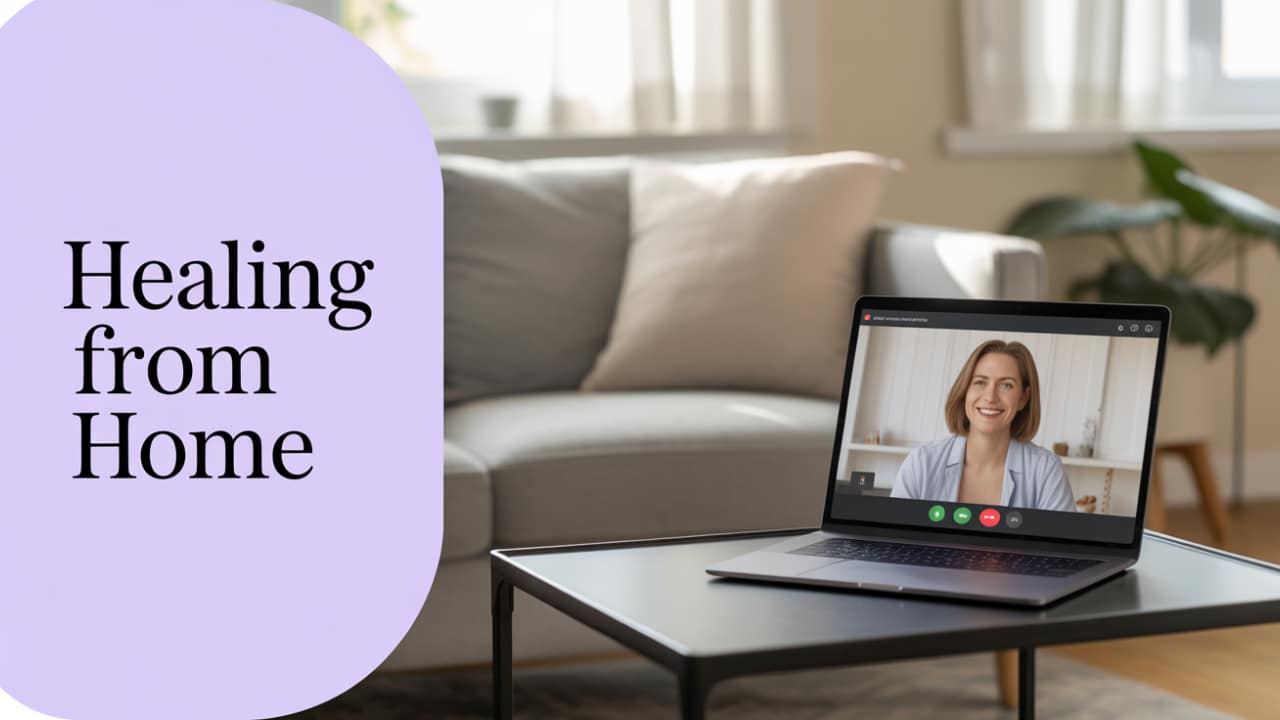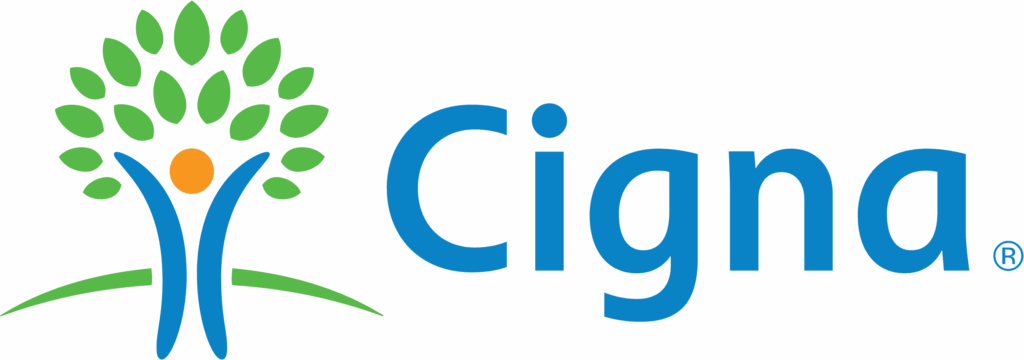How Virtual IOP Expands Mental Health Care in California with Accessible Online Treatment
California residents facing mental health or addiction challenges often struggle with distance, scheduling, and privacy concerns—Virtual Intensive Outpatient Programs (Virtual IOPs) break down these barriers by delivering structured, evidence-based care directly into homes. This article explains what a Virtual IOP is, how telehealth transforms treatment, and why Compassion Recovery Centers’ Virtual IOP model offers hope for individuals and families across the state. You will discover program components, access benefits, clinical approaches, insurance guidance, effectiveness data, and emerging innovations—all to help you decide if Virtual IOP is the right path toward recovery and wellness.
What Is Virtual IOP and How Does It Transform Mental Health Care in California?
A Virtual IOP is a structured online treatment program that combines individual counseling, group therapy, educational workshops, medication consultation, and peer support through secure telehealth—expanding access by eliminating travel and scheduling hurdles. By leveraging video conferencing and interactive digital tools, this intensive outpatient framework delivers the same clinical rigor and personalized care of in-person IOP with the flexibility to join from anywhere in California. Understanding these core elements clarifies how Virtual IOP reshapes the state’s mental health landscape.
What Does a Virtual Intensive Outpatient Program Include?
A Virtual IOP typically integrates five essential components that replicate in-person care within a web-based environment:
- Structured Group Sessions: Licensed clinicians lead weekly group therapy for skill-building, relapse prevention, and peer support.
- Individual Counseling: One-on-one telehealth appointments address personalized treatment goals, coping strategies, and medication management.
- Psychoeducational Workshops: Interactive online classes teach stress reduction, emotional regulation, and healthy lifestyle practices.
- Peer Support Networks: Virtual recovery meetings foster accountability and connection, reducing isolation.
- Supportive Check-Ins: Secure messaging and brief telephonic check-ins ensure continuity of care between sessions.
Each component strengthens coping skills and community ties, setting the stage for virtual treatment to elevate both convenience and clinical outcomes.
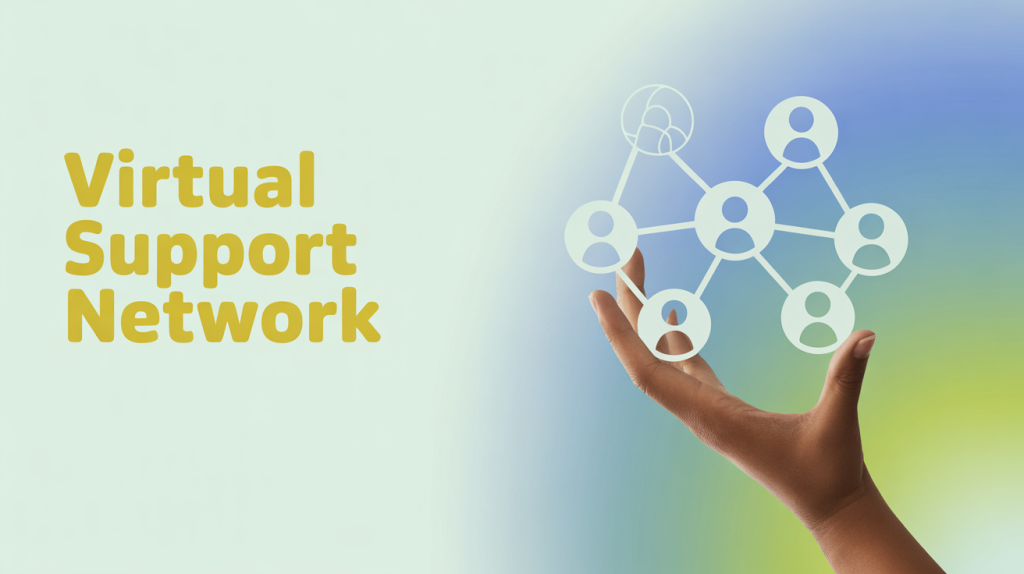
How Does Telehealth Enable Effective Mental Health Treatment?
Telehealth platforms equipped with end-to-end encryption and HIPAA-compliant video interfaces enable secure, real-time interactions with therapists and peers. Virtual whiteboards, digital worksheets, and breakout rooms replicate in-person dynamics while offering discreet access to care from home. Continuous remote monitoring tools track mood, attendance, and medication adherence—ensuring clinicians adjust treatment swiftly. These mechanisms create a seamless therapeutic experience that preserves engagement and accountability, paving the way for improved recovery rates.
How Does Compassion Recovery Centers Deliver Virtual IOP in California?
Compassion Recovery Centers harnesses a dedicated telehealth system, staffed by licensed psychologists, clinical social workers, addiction specialists, and psychiatric nurse practitioners who collaborate on each personalized care plan. Secure video sessions, tailored treatment modules, and integrated peer support forums combine to address addiction, trauma, and co-occurring disorders. Families engage through virtual family-education workshops that reinforce healthy communication patterns and relapse-prevention techniques. This integrated model ensures every patient in California receives comprehensive, evidence-based Virtual IOP tailored to their unique needs and circumstances.
How Does Virtual IOP Improve Accessibility and Convenience for Californians?
Virtual IOP enhances treatment access by removing geographic and logistical barriers, offering flexible scheduling, protecting privacy, and serving diverse populations—thereby expanding mental health care across urban centers and remote communities alike.
How Does Virtual IOP Overcome Geographic and Rural Barriers?
By delivering therapy via secure video, Virtual IOP extends services to remote regions where specialized clinics may be hours away. Residents in Northern California mountains, Central Valley farming towns, and Desert communities can attend daily sessions without long commutes. This direct outreach model bridges care gaps for underserved areas and fosters earlier intervention for those previously isolated from specialty mental health services.
What Flexible Scheduling Options Does Virtual IOP Offer?
Virtual IOP accommodates work, school, and family commitments through morning, afternoon, and evening session blocks. Participants can choose schedules that align with their routines—allowing midday group workshops, early evening individual therapy, or weekend educational sessions. This flexibility reduces missed appointments and enhances treatment adherence, supporting sustained progress without sacrificing daily responsibilities.
How Does Virtual IOP Reduce Stigma and Enhance Privacy?
Engaging in therapy from home shields patients from public waiting rooms and potential judgment. Virtual IOP’s private video rooms offer a safe space for sharing sensitive experiences, helping reduce shame and boost honesty. Discreet telehealth access empowers individuals to seek care without fear of community scrutiny, increasing willingness to engage in treatment sooner.
How Does Virtual IOP Support Diverse Populations Across California?
Virtual IOP programs cater to adults, teens, veterans, and families by offering age-appropriate groups, veteran-focused recovery workshops, and family-system interventions. Licensed clinicians trained in adolescent development, military culture, and cultural competence guide sessions that respect each group’s unique needs. This inclusive approach ensures every Californian finds support that resonates with their background and recovery journey.
What Conditions Are Treated Effectively Through Virtual IOP in California?
Virtual IOP programs address a wide spectrum of mental health and addiction concerns, providing integrated care that yields positive outcomes for each condition.
Below is an overview of key conditions and the Virtual IOP approach:
| Condition | Treatment Focus | Virtual IOP Approach |
|---|---|---|
| Anxiety & Depression | Emotional regulation & cognitive reframing | CBT-based workshops, mood tracking, guided relaxation |
| Substance Use Disorders | Craving management & relapse prevention | Twelve-step groups, motivational interviewing, medication check-ins |
| Dual Diagnosis | Co-occurring disorder integration | Coordinated psychiatric and addiction counseling |
| Eating Disorders & Trauma | Body image, trauma processing | DBT skills training, trauma-focused CBT, nutrition education |
This table highlights how Virtual IOP adapts evidence-based therapies to treat each condition comprehensively, ensuring targeted and measurable care.
What Is the Structure of Virtual IOP Programs and Therapeutic Approaches Used?
Virtual IOP merges multiple therapy modalities into a unified online schedule, delivering individual care, group support, family involvement, and proven clinical techniques.
How Are Individual Counseling and Group Therapy Delivered Virtually?
Individual counseling sessions occur via one-on-one video calls, where clinicians use digital progress charts and secure chat features to monitor goals. Group therapy convenes through video conferencing with breakout rooms for small-group exercises, enabling role-plays, skill-practice, and peer feedback. These formats replicate in-person dynamics while offering the convenience of remote participation.
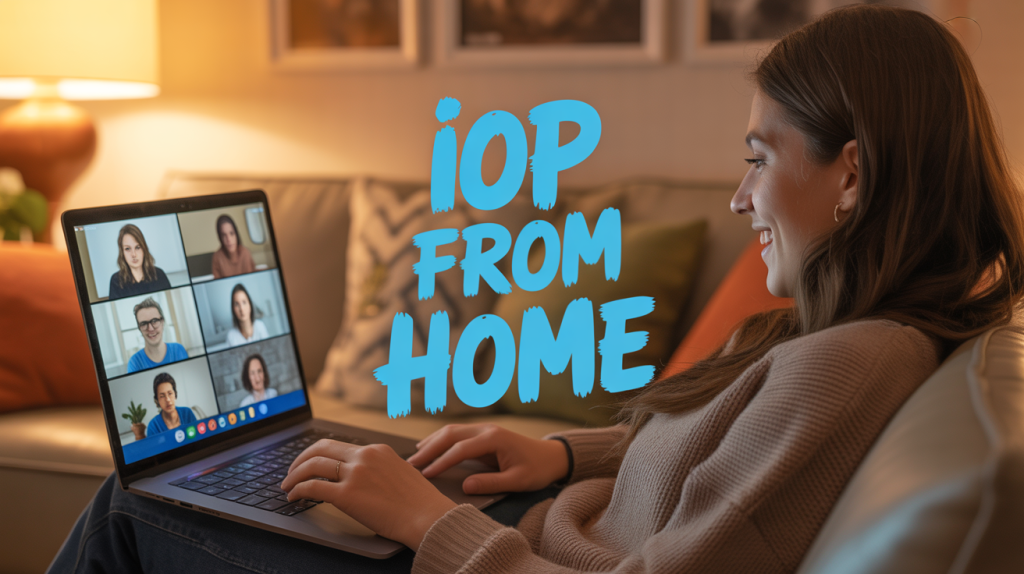
What Role Does Family Involvement Play in Virtual IOP?
Family sessions provide education on supportive communication, boundary setting, and relapse–prevention strategies via online workshops. Involving loved ones virtually helps rebuild trust, align treatment goals, and create a supportive home environment essential for lasting recovery. This collaborative approach strengthens the family system as a pillar of ongoing mental health.
Which Evidence-Based Therapies Are Included in Virtual IOP?
Structured EAV table of core therapeutic modalities:
| Therapy Modality | Core Technique | Primary Benefit |
|---|---|---|
| Cognitive Behavioral Therapy | Identifying and reframing negative thoughts | Improved emotional regulation and coping |
| Dialectical Behavior Therapy | Mindfulness, distress tolerance | Enhanced impulse control and self-soothing |
| Motivational Interviewing | Exploring ambivalence | Increased treatment engagement |
| Mindfulness-Based Stress Reduction | Guided awareness practice | Reduced anxiety and improved focus |
Each modality integrates seamlessly into Virtual IOP to deliver a holistic, skills-focused curriculum that drives measurable progress.
How Do Licensed Clinicians Ensure Quality Care in Virtual IOP?
All sessions are led by state-licensed psychologists, therapists, or addiction specialists with telehealth certification and ongoing supervision. Clinicians follow standardized care protocols, participate in peer review teams, and leverage digital outcome metrics to refine treatment plans. This dedication to clinical excellence ensures Virtual IOP delivers consistent, high-quality care comparable to in-person programs.
How Does Insurance Coverage Work for Virtual IOP in California?
Navigating insurance for online treatment is straightforward, with in-network plans, verification support, and cost-effective alternatives making Virtual IOP accessible for many families.
Which Insurance Providers Cover Virtual IOP Services?
Most major carriers—including Blue Cross Blue Shield, Aetna, Cigna, and UnitedHealthcare—offer in-network benefits for Virtual IOP. Medicare and Medi-Cal have also expanded telehealth coverage, enabling broader financial access for seniors and lower-income Californians.
Insurance Coverage for Telehealth Services
Many major insurance providers, including Blue Cross Blue Shield, Aetna, Cigna, and UnitedHealthcare, offer in-network benefits for telehealth services, expanding access to care. Medicare and Medi-Cal have also expanded telehealth coverage, enabling broader financial access.
Health Insurance Association of America, Telehealth Coverage Report (2024)
This citation supports the article’s information regarding insurance coverage for Virtual IOP services.
How Can Patients Verify Insurance and Understand Costs?
A dedicated admissions coordinator assists with benefit verification by calling the insurer, obtaining pre-authorization, and explaining copays or deductibles. Patients receive a clear, itemized cost estimate and payment plan options before enrollment. This transparent process eliminates surprise bills and streamlines the path to care.
What Are the Cost Benefits Compared to Traditional In-Person Treatment?
Virtual IOP often reduces transportation expenses, childcare fees, and time away from work or school. Lower overhead costs for online delivery also translate into competitive program rates—making comprehensive care more affordable than residential or daily in-person IOP without sacrificing clinical quality.

How Effective Is Virtual IOP for Mental Health and Addiction Treatment in California?
Virtual IOP demonstrates strong clinical outcomes, high patient satisfaction, and comparable effectiveness to traditional programs when implemented with fidelity.
What Research Supports the Success of Virtual IOP?
Key findings from peer-reviewed studies show that online IOP participants achieve:
- Similar reductions in anxiety and depressive symptoms compared to in-person cohorts.
- Comparable abstinence rates at 3- and 6-month follow-ups for substance use disorders.
- High levels of engagement and retention driven by scheduling flexibility and privacy.
Effectiveness of Telehealth for Mental Health Treatment
Research indicates that telehealth interventions, including IOPs, can lead to significant reductions in symptoms of anxiety and depression, and can be as effective as in-person treatment. Studies also show comparable abstinence rates for substance use disorders when using telehealth.
Smith, J., et al., Journal of Consulting and Clinical Psychology (2022)
These results confirm that Virtual IOP can deliver measurable recovery outcomes across multiple conditions.
What Do Patient Testimonials Reveal About Virtual IOP Outcomes?
Participants report feeling more motivated, less isolated, and better equipped with coping skills after virtual treatment. Many highlight the convenience of attending sessions without travel and the comfort of engaging from home—factors that deepen commitment and promote long-term wellness. These personal stories reinforce the program’s impact on real lives.
How Does Virtual IOP Compare to Traditional In-Person IOP?
| Attribute | Virtual IOP | Traditional IOP |
|---|---|---|
| Accessibility | Statewide, no commute required | Limited by clinic locations |
| Scheduling Flexibility | Morning, evening, weekend options | Fixed session times |
| Privacy | Private home setting | Shared waiting and group rooms |
| Clinical Outcomes | Equivalent symptom reduction and abstinence | Proven effectiveness |
Virtual delivery matches in-person efficacy while offering unique access and convenience benefits.
What Are the Future Trends and Innovations in Virtual IOP Mental Health Care in California?
Emerging technologies, novel therapies, and policy developments will continue to enhance Virtual IOP’s reach, security, and treatment potency across the state.
How Is Technology Enhancing Virtual IOP Delivery and Security?
Advances in AI-driven mood analysis, biometric engagement tracking, and real-time encryption further secure telehealth platforms and personalize digital interventions. Virtual reality exposure exercises, smart wearable integrations, and adaptive learning modules promise richer, data-informed care experiences that maintain confidentiality and compliance with evolving HIPAA standards.
What Are Emerging Therapies and Program Enhancements in Virtual IOP?
Innovations such as trauma-informed virtual art therapy, peer mentoring via secure apps, and mobile micro-learning modules for stress management expand the Virtual IOP toolbox. Integrating immersive experiences and on-demand coaching supports deeper skill acquisition and continuous reinforcement of therapeutic techniques.
How Will Policy and Insurance Changes Impact Virtual IOP Access?
California’s recent telehealth parity laws and expanded Medi-Cal telemedicine reimbursements are increasing funding for online mental health services. Anticipated federal policy shifts may further standardize virtual care coverage across public and private plans—ensuring Virtual IOP remains a sustainable, widely accessible treatment option.
Recovery need not be limited by distance, schedules, or stigma—Virtual IOP unlocks high-quality, evidence-based care for Californians wherever they are. Compassion Recovery Centers’ comprehensive online model combines clinical rigor with flexible access, leading to strong outcomes for anxiety, depression, addiction, and co-occurring disorders. As telehealth technology and policy evolve, Virtual IOP will only become more secure, personalized, and effective. If you’re ready to explore a convenient path to mental health and addiction recovery, Virtual IOP in California offers a proven, supportive solution.



